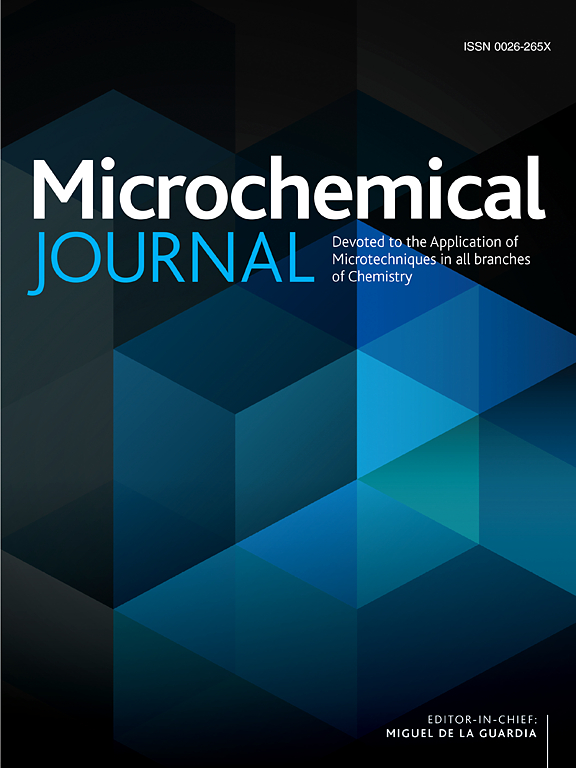An insight into paper-based microfluidic devices for diabetes diagnosis: Fabrication, detection, and applications
IF 4.9
2区 化学
Q1 CHEMISTRY, ANALYTICAL
引用次数: 0
Abstract
Worldwide, diabetes mellitus (DM) is a prevalent non-communicable disease that can result in severe consequences. Therapy and management of the disease depend on early diagnosis and stringent glycemic control. The advancement of medical research and technology has undoubtedly enhanced the accuracy and efficacy of clinical treatments; yet, the high cost and complexity of these technologies have hindered their widespread adoption in less developed regions. Compared to laboratory-based technologies, point-of-care/need (POC/N) sensing devices have drawn attention for clinical and environmental sample analysis owing to ease of fabrication from basic materials, low cost, quick test times, and low reagent and sample requirements. The porous nature of paper, flow control, and storage of samples and reagents make it suitable as a substrate for these devices. Till now, the potential of paper-based microfluidic devices (μPADs) in diabetes management has been unexplored. Microfluidics is a key technology in modern analytical chemistry that would be very useful in automation, miniaturization, and quick analytics in diabetes diagnosis. This current review gives insight into the various fabrication techniques for μPADs and detection methods for diabetes management. This information will be helpful for researchers to develop novel microfluidic devices for the timely detection and effective treatment of diabetes.

洞察纸基微流控装置糖尿病诊断:制造,检测和应用
在世界范围内,糖尿病是一种普遍存在的非传染性疾病,可导致严重后果。该疾病的治疗和管理取决于早期诊断和严格的血糖控制。医学研究和技术的进步无疑提高了临床治疗的准确性和有效性;然而,这些技术的高成本和复杂性阻碍了它们在欠发达地区的广泛采用。与基于实验室的技术相比,护理点/需求(POC/N)传感设备由于易于使用基本材料制造,成本低,测试时间短以及试剂和样品要求低而引起了临床和环境样品分析的关注。纸张的多孔性,流动控制,以及样品和试剂的存储使其适合作为这些设备的基板。迄今为止,纸基微流体装置(μPADs)在糖尿病治疗中的潜力尚未得到充分开发。微流控技术是现代分析化学的一项关键技术,在糖尿病诊断的自动化、小型化和快速分析方面具有重要意义。本文综述了μ pad的制备技术和用于糖尿病治疗的检测方法。这些信息将有助于研究人员开发新型微流控装置,以及时发现和有效治疗糖尿病。
本文章由计算机程序翻译,如有差异,请以英文原文为准。
求助全文
约1分钟内获得全文
求助全文
来源期刊

Microchemical Journal
化学-分析化学
CiteScore
8.70
自引率
8.30%
发文量
1131
审稿时长
1.9 months
期刊介绍:
The Microchemical Journal is a peer reviewed journal devoted to all aspects and phases of analytical chemistry and chemical analysis. The Microchemical Journal publishes articles which are at the forefront of modern analytical chemistry and cover innovations in the techniques to the finest possible limits. This includes fundamental aspects, instrumentation, new developments, innovative and novel methods and applications including environmental and clinical field.
Traditional classical analytical methods such as spectrophotometry and titrimetry as well as established instrumentation methods such as flame and graphite furnace atomic absorption spectrometry, gas chromatography, and modified glassy or carbon electrode electrochemical methods will be considered, provided they show significant improvements and novelty compared to the established methods.
 求助内容:
求助内容: 应助结果提醒方式:
应助结果提醒方式:


